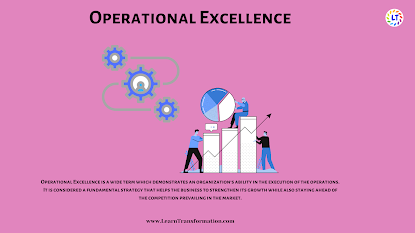Traditional Thinking vs. Lean Thinking

The term lean transformation is used to describe all the tactical, strategic, and operational improvements that an organization undergoes for creating more value for its customers. The process of lean transformation includes the introduction of changes in an organization for maximizing the flow of value that is produced for the customers. Traditional Thinking Traditional manufacturing approaches were developed during the age of mass production which concentrated on the economy of scale & machine utilization. It generated the idea that if the machine was idle, it was wasting money, so it was kept operating no matter what. Traditional organizations used to maintain big inventories in expectation of customer orders to attain consumer satisfaction. They held this by keeping a machine running with a particular setup for as long as possible to decrease the unit cost and the traditional production system is driven by a sales forecast. This approach of traditional manufac...

